News
Racing Checkered Flag: Meaning, Rules & Fan Guide – FlagOh
If you watch motorsport or host race-day parties, you’ve seen the racing checkered flag—also called the chequered flag, finish flag, or end-of-race flag. It signals the end of a session. This fast, complete guide mixes race-control clarity with fan tips (plus a few smart picks from FlagOh) so you can show your colors the right way.
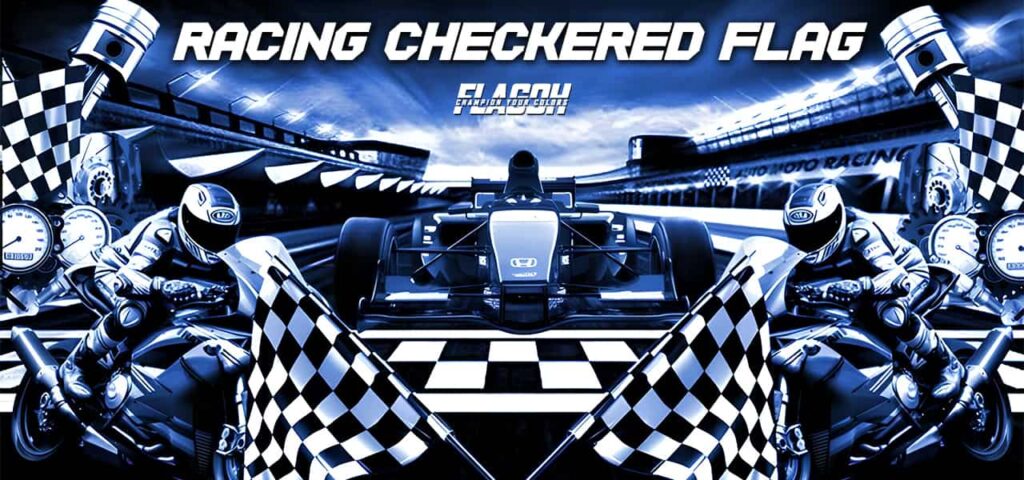
What the Racing Checkered Flag Means
The racing checkered flag sits where safety, race control, and timing/scoring meet. This section connects what you see at the line—on the gantry, at marshal posts, or on LED panels—to how officials record and confirm results, so the end of any session makes immediate sense from both the grandstand and the rulebook.
Official meaning & finish procedure
- Race: The checkered/chequered flag ends the race—the finish flag that closes the competition. When the leader takes it, every car behind finishes the next time it crosses the line.
- Practice/Qualifying: The flag ends the session window. Any lap already in progress may be completed; new laps cannot start after the flag.
Quick numbers that help:
- Timing systems sample position to the thousandth of a second (0.001s) or finer.
- Many circuits use 2–5 timing loops (start/finish + sectors) to validate order at the flag.
Where It Appears
- Finish line: A marshal waves the flag at the control line—often above the pit wall.
- Flag stations: Corner marshals may repeat the flag so drivers can’t miss it at speed.
- LED panels & repeater/VMS boards: The Top series also shows an electronic checkered pattern on panels/scoreboards for visibility and TV sync.
Premature Flag & Protests
- Shown early by mistake: Results can roll back to the last valid timing loop or another rulebook-defined reference point.
- Finish under caution/Safety Car: The field may take the flag at reduced speed; overtaking is still prohibited unless instructed.
- Protests: Teams can file within a regulated window (often 30–60 minutes). Stewards may adjust classification after the flag.
Overtime Rules
Some North American series (notably NASCAR) allow overtime to avoid finishing under yellow:
- Green: Restart attempt.
- White: Final lap (if the field reaches the line cleanly).
- Checkered: Finish.
Limits on the number of attempts are set by each series.
Timing vs Control Line
- Control line (visual): Where marshals wave the flag.
- Timing line (electronic): Where transponders trigger classification.
On most circuits, these coincide; if not, the timing line rules the order.
With this foundation, you can read the close of practice, qualifying, or a race with confidence, anticipate how odd situations are resolved, and understand why the published order looks the way it does. Next, we’ll break down how different series apply these same principles in their own ways.
Race Control & Officials: Who Calls the Checkered
Races don’t end themselves—people do. This section maps the chain of command that turns a final lap into a verified result. When the racing checkered flag is about to fly, authority flows from race control to the wall and onto the light systems, with every instruction logged so teams, timekeepers, and viewers understand not just what happened, but why.
- Race director & clerk of the course: The race director issues race-control instructions; the clerk of the course executes operations. Their calls determine when the end-of-race flag flies and how messages are relayed.
- Marshals, posts & repeaters: Marshal posts display the signal locally; flag repeaters and LED repeater panels ensure visibility along the lap.
- Comms & documents: Official messages go to race radio/bulletins; results become official classification after checks and stewards’ decisions.
With the roles and decision flow clear, the post-race timeline makes sense—who authorizes the finish signal, how messages are recorded, when disputes are resolved, and when provisional becomes official. Keep that chain in mind as we move to timing and scoring, where hardware and rules convert that moment at the line into the published classification.
Series Rules for the Checkered Flag
One flag, many rulebooks: signal device (cloth/board), last-lap convention, and control logic (caution, SC/VSC, overtime) define what happens at the line. Use this section to map each championship’s levers so a finish that looks identical on TV makes sense within its specific rules.
Formula 1 / FIA (boards vs flags, classification rules):
- Display: A marshal waves the physical flag; LED boards also show it.
- Classification: If the flag/board is shown in error, classification can revert per the sporting code.
- Parc fermé: After the flag, cars may be directed to parc fermé; technical checks follow.
NASCAR (overtime/green-white-checkered, yellow-finish rules):
- Overtime: green-white-checkered restarts until a valid white-flag lap occurs (attempts capped by the series rulebook).
- Finish under yellow: If the caution comes after the white flag, the next flag ends the race.
- Scoring loops: Order can revert to the last valid loop when caution flies.
IndyCar (finish & restart conventions):
- No routine overtime: White then checkered under standard procedures.
- Restarts: Series can choose to finish under caution if time/laps expire.
WEC / IMSA (multiclass finish specifics):
- Multiclass: All classes take the flag on the same control line, often at mixed paces.
- Safety car/slow zones: Finishes may occur under controlled speed with no passing.
MotoGP (session vs race deployment):
- Practice/Qualifying: Flag ends session; laps in progress count.
- Race: First rider to take the flag wins; all others finish on their next pass.
Karting & club racing (marshal practices):
- Local procedures vary: Some clubs stop all track activity within 1 lap of the flag; others allow a cool-down to pit-in. Always check the supplementary regulations and any official bulletin for that event.
If you remember three checkpoints for any series—signal device, last-lap convention, and anomaly handling (overtime/caution/safety-car logic)—you’ll read the order correctly the first time. Keep those in mind as we move into finishing scenarios and exceptions, where edge cases turn procedure into the official classification.
Finish Scenarios & Exceptions
Most days, the flag says it all. When endings get weird, use this playbook for what happens after the racing checkered flag: how rulebooks, timing loops, photo-finish cameras, and stewarding convert the moment into the result.
Early/late flag and how classification adjusts:
- Early flag: Classification may revert to the prior lap or last official timing point.
- Late flag: Completed laps still count until the flag is actually shown.
Photo finishes & timing loops:
- Photo finish cameras align with the timing line and resolve gaps down to 0.001 s or better.
- Ties: The series rulebook defines how dead heats are scored (shared place or next-place skip).
Safety cars/virtual safety, who actually takes the flag:
- Under SC/VSC, leaders still take the flag first at controlled speed. Overtaking remains forbidden unless the code allows unlapping orders.
Protests, redress, and official result issuance:
- Protest window: Often 30–60 minutes post-race.
- Stewards’ decisions can adjust finishing order; official results may be issued hours later after scrutineering.
With these scenarios mapped, you can spot the difference between a tidy finish and one headed for review, know where classification might roll back, and understand why “provisional” sometimes becomes “final” only after checks. Keep this lens handy as we move from on-track signals to the systems that publish the order.
Set Up Your Racing Checkered Flag
Before you buy, zero in on viewing distance, wind band, and mount type—the trio that decides performance. Pick accordingly and you’ll bring the finish-line energy home with a setup that looks sharp and lasts; this is where FlagOh shines.
Size/use matrix
| Use case | Common Size | Best Spot | Notes |
| Handheld / podium | 24–30 in square | Trackside, parties | Light pole, easy to wave |
| Wall/garage | 3×5 ft | Indoor/covered | Low weight, big visual |
| House flag | 28×40 in (sleeve) | Porch/patio | Works with 30°/45° brackets |
| Pole/grommet | 3×5 or 2×3 ft | Outdoor mast | Add an anti-wrap ring |
Materials & build
- 150–200 GSM polyester: Vibrant dye-sub print, strong in wind; holds checkerboard edges cleanly.
- Nylon 210D: Lighter with great drape for calmer days.
- Single-sided: Reverse image on back; flies easily; ideal for light-to-moderate wind.
- Double-sided + blackout liner: True image on both sides; best for 25–30 mph. Look for double-stitched hems and a quad-stitch fly end.
Hardware & mounting
- Brackets: 30° for tight spaces; 45° to showcase the flag.
- Poles: Telescoping aluminum or fiberglass; add anti-wrap rings for gusty days.
- Grommets vs sleeve: Grommets = mast/pole; sleeve = porch set.
Care, durability & wind guidance
- Bring flags down if sustained wind >30 mph or gusts >35 mph.
- Rinse dust/salt monthly; cold wash, air-dry flat.
- Store folded in a dry, dark place; avoid creasing the same fold each time.
Display ideas
- Watch-party backdrop: 3×5 ft behind the screen; add LED uplight.
- Garage grid wall: Pair the checkered with your team banner.
- House-Divided racing: Split design—your driver vs friend’s—available from FlagOh.
Mini buy box — FlagOh picks
- Double-sided 28×40 with blackout liner for porches.
- 3×5 grommeted poly (≥150 GSM) for garages.
- Telescoping pole + 45° bracket + anti-wrap ring set.
Once size, build, and mount are matched to your spot, you’ll see cleaner lines, fewer tangles, and longer service life with a simple clean-and-store routine. On the fence? Go lighter for sheltered spaces and sturdier for exposed corners—or send FlagOh a quick note with your mount photo and average wind for a tailored pick. Next, let’s zoom out to how the checkered fits alongside other flags so your display and race-day callouts stay perfectly in sync.
Checkered vs Other Racing Flags
Racing flags are a language, and the racing checkered flag is only one word in the sentence. Use this section as a pocket translator: the table pairs each color/pattern with the driver’s expected action and the most common scenarios, so you can decode calls instantly—at the track or on the couch.
Quick comparison table (meaning • action • common contexts):
| Flag | Meaning | Your Action | Typical Context |
| Checkered | Session finished | Slow, exit lap, no new laps | Race/qualifying end |
| Green | Start/clear track | Full speed | Start/restart |
| Yellow | Danger ahead | No passing, reduce speed | Incident zone |
| Red | Session stopped | Slow, return to pits | Major incident/weather |
| Blue | Faster car approaching | Allow safe pass | Lapped traffic |
| Black | Report to pits | Obey next lap | Penalty/mechanical |
| White | Last lap/service vehicle | Caution: final lap in some series | Final-lap cue |
| Red-yellow stripes | Surface hazard | Caution: adjust line | Oil/debris/wet |
Blue/yellow/red/black/white/SC-VSC panels at a glance:
- SC/VSC signals = speed control.
- LED panels mirror calls.
Keep three cues in mind—pattern, prescribed action, and context—and you’ll rarely misread a call, whether it’s a routine restart or a hazard warning. With the full set in view, let’s shift from function to form and culture: how the checkered is designed, where it came from, and why it’s become a symbol far beyond motorsport.
Design, Origins & Symbolism
Form follows function here. The bold grid reads instantly—through spray and awkward angles—an unmistakable full stop the moment it appears. In this section, we unpack why the design reads so clearly, trace the hazy paper trail from early road races to modern circuits, and note how the motif leapt from pit wall to pop culture.
- Pattern, color specs & print tips
- Pattern: Alternating black/white squares, typically 8×8 or 10×10 across the field.
- Color targets: Black near Hex #000000; white near #FFFFFF for max contrast.
- Print tips: Supply ≥300 DPI art and avoid heavy compression; FlagOh uses dye-sub to prevent purple-shift in blacks.
- Documented history vs myths
- Origin stories range from county fairs to early road races; documentation is sparse pre-1920s. What’s consistent: the checkered flag became the universal “the race is over” signal.
- Pop culture & uses beyond motorsport
- Fashion, music videos, skateboard graphics, and even emojis. The meaning stays the same: finish, victory, closure.
Treat the flag like a signal first and décor second: crisp edges, strong contrast, and faithful geometry are what make it photograph well and communicate instantly—on track and everywhere else it shows up. With the form and meaning locked in, you’re ready to speak the language fluently and wave it safely when the moment calls.
Racing Checkered Flag Basics
Clarity starts with naming things correctly and signaling them cleanly. This quick primer aligns terminology, common look-alikes, and on-wall technique so the racing checkered flag you mean to show is the one everyone sees—trackside, on camera, and in the results.
- US vs UK spelling: Checkered (US) and chequered (UK) are the same signal; both mean finish flag/end-of-race flag.
- Lookalikes: Don’t confuse the checkerboard with the FIA black-and-white diagonal (sportsmanship warning) or the meatball flag (black with orange disc for mechanical issues).
- Emoji & accessibility: The checkered flag emoji (U+1F3C1) is widely recognized; high-contrast grids help color-blind readability. High-contrast grids also improve color-blind readability.
- Body position, arm mechanics, pit-wall safety
- Stand one step back from the wall, feet shoulder-width apart.
- Wave in a smooth figure-eight across your body; keep eyes on traffic.
- Avoid leaning over the wall; never step into the lane.
- Visibility for TV/crowds
- Keep the flag fully extended on the forward stroke.
- Aim for 2–3 large waves per leading car; hold a steady final wave for the winner’s photo.
Get the terms right and wave cleanly—the finish becomes unmistakable to officials and picture-perfect for fans.
Checkered Flag FAQs
Quick answers to the most common questions—lights vs cloth, overtime, early-flag errors, white-flag nuance—so you can settle debates fast.
When does the racing checkered flag wave?
At the end of a session—race, qualifying, or practice.
Why do I sometimes see a lighted checkered instead of cloth?
LED boards replicate the signal for visibility and broadcast timing.
Is overtime standard?
No. It’s series-specific (e.g., NASCAR uses green-white-checkered).
What if the flag is shown early by mistake?
Most series revert to a defined timing reference.
Is the white flag always the last lap?
In some series, yes. In others, white may also indicate a slow service vehicle ahead—context matters.
If your scenario isn’t covered—think mixed-class finishes, post-race protests, or club-specific procedures—check your event’s supplementary regulations and the series rulebook, or jump to Finish Scenarios & Exceptions for edge cases. Otherwise, you’re ready to read the end of any session without second-guessing. From grandstands to garage walls, the racing checkered flag is more than a finish signal—it’s a shared language that ties rules, timing, safety, and fan culture into one clear moment. You now know how it’s shown and recorded, why procedures differ by series, what happens when endings get messy, how it compares to other flags, and how to display it confidently at home or trackside; when you’re ready to bring that finish-line feeling into your space, factor in wind, viewing distance, and mount type—and let FlagOh handle the rest with the right size, material, and hardware so you can spot every winner, wave it safely, and celebrate the sport in style.

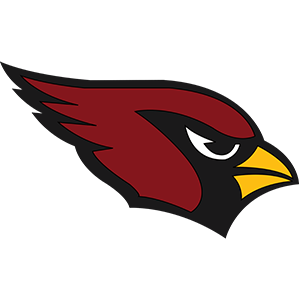 Arizona Cardinals Flag
Arizona Cardinals Flag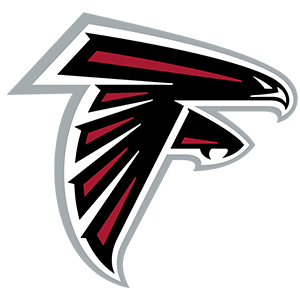 Atlanta Falcons Flag
Atlanta Falcons Flag Baltimore Ravens Flag
Baltimore Ravens Flag Buffalo Bills Flag
Buffalo Bills Flag Carolina Panthers Flag
Carolina Panthers Flag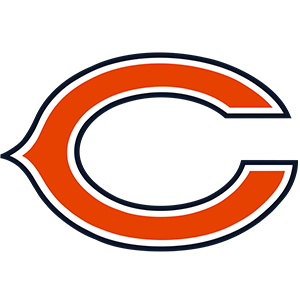 Chicago Bears Flag
Chicago Bears Flag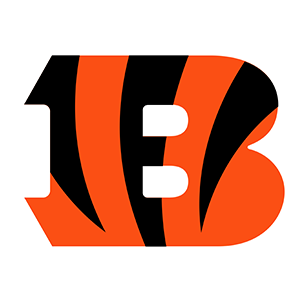 Cincinnati Bengals Flag
Cincinnati Bengals Flag Cleveland Browns Flag
Cleveland Browns Flag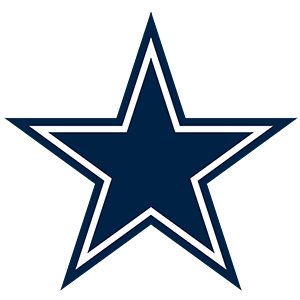 Dallas Cowboys Flag
Dallas Cowboys Flag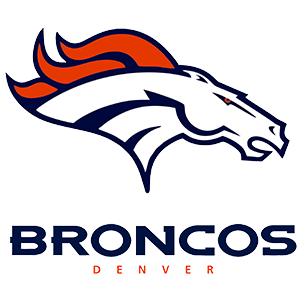 Denver Broncos Flag
Denver Broncos Flag Detroit Lions Flag
Detroit Lions Flag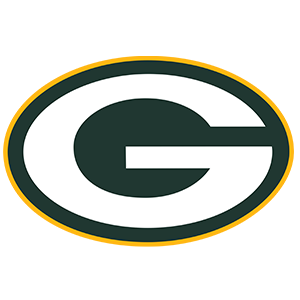 Green Bay Packers Flag
Green Bay Packers Flag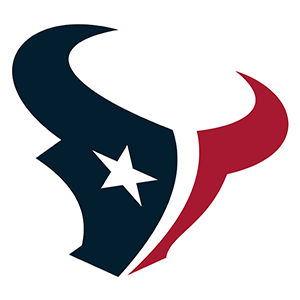 Houston Texans Flag
Houston Texans Flag Indianapolis Colts Flag
Indianapolis Colts Flag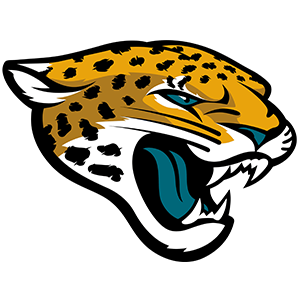 Jacksonville Jaguars Flag
Jacksonville Jaguars Flag Kansas City Chiefs Flag
Kansas City Chiefs Flag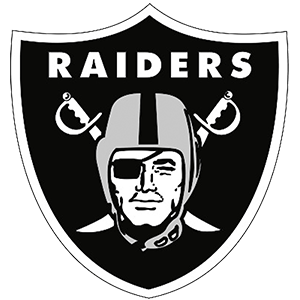 Las Vegas Raiders Flag
Las Vegas Raiders Flag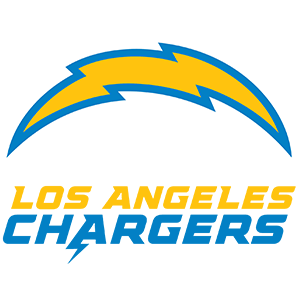 Los Angeles Chargers Flag
Los Angeles Chargers Flag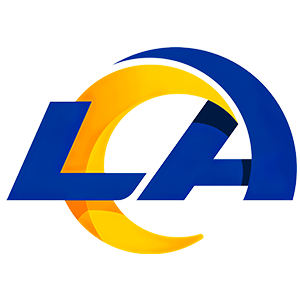 Los Angeles Rams Flag
Los Angeles Rams Flag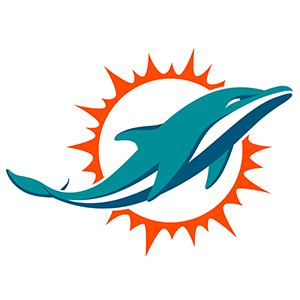 Miami Dolphins Flag
Miami Dolphins Flag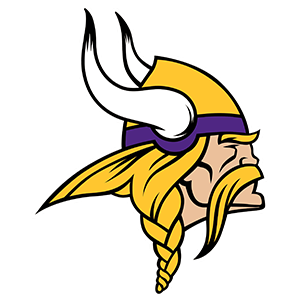 Minnesota Vikings Flag
Minnesota Vikings Flag New England Patriots Flag
New England Patriots Flag New Orleans Saints Flag
New Orleans Saints Flag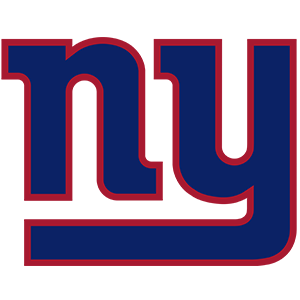 New York Giants Flag
New York Giants Flag New York Jets Flag
New York Jets Flag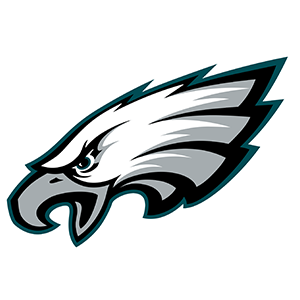 Philadelphia Eagles Flag
Philadelphia Eagles Flag Pittsburgh Steelers Flag
Pittsburgh Steelers Flag San Francisco 49ers Flag
San Francisco 49ers Flag Seattle Seahawks Flag
Seattle Seahawks Flag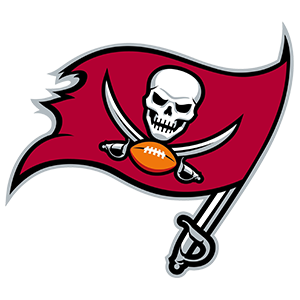 Tampa Bay Buccaneers Flag
Tampa Bay Buccaneers Flag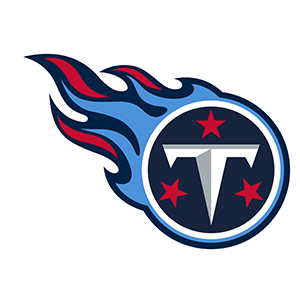 Tennessee Titans Flag
Tennessee Titans Flag Washington Commanders Flag
Washington Commanders Flag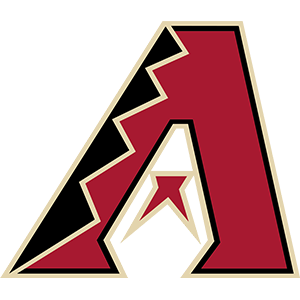 Arizona Diamondbacks Flag
Arizona Diamondbacks Flag Atlanta Braves Flag
Atlanta Braves Flag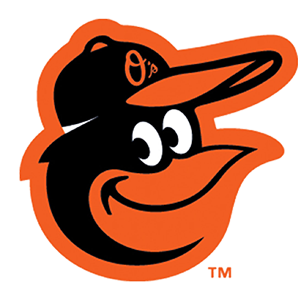 Baltimore Orioles Flag
Baltimore Orioles Flag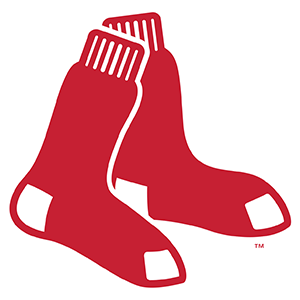 Boston Red Sox Flag
Boston Red Sox Flag Chicago Cubs Flag
Chicago Cubs Flag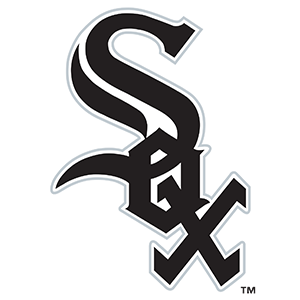 Chicago White Sox Flag
Chicago White Sox Flag Cincinnati Reds Flag
Cincinnati Reds Flag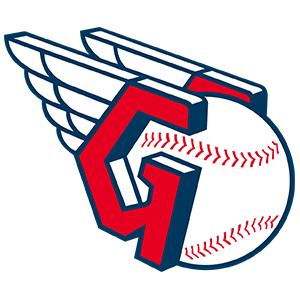 Cleveland Guardians Flag
Cleveland Guardians Flag Colorado Rockies Flag
Colorado Rockies Flag Detroit Tigers Flag
Detroit Tigers Flag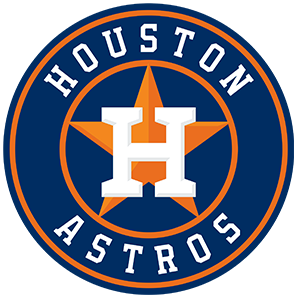 Houston Astros Flag
Houston Astros Flag Kansas City Royals Flag
Kansas City Royals Flag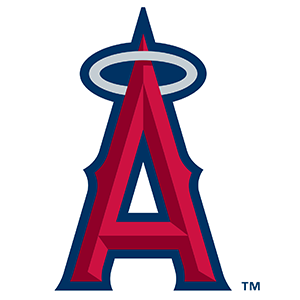 Los Angeles Angels Flag
Los Angeles Angels Flag Los Angeles Dodgers Flag
Los Angeles Dodgers Flag Miami Marlins Flag
Miami Marlins Flag Milwaukee Brewers Flag
Milwaukee Brewers Flag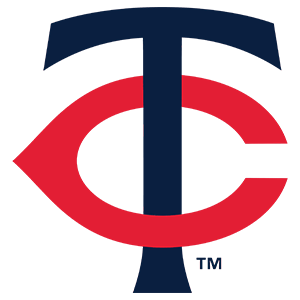 Minnesota Twins Flag
Minnesota Twins Flag New York Mets Flag
New York Mets Flag New York Yankees Flag
New York Yankees Flag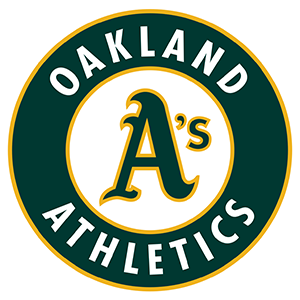 Oakland Athletics Flag
Oakland Athletics Flag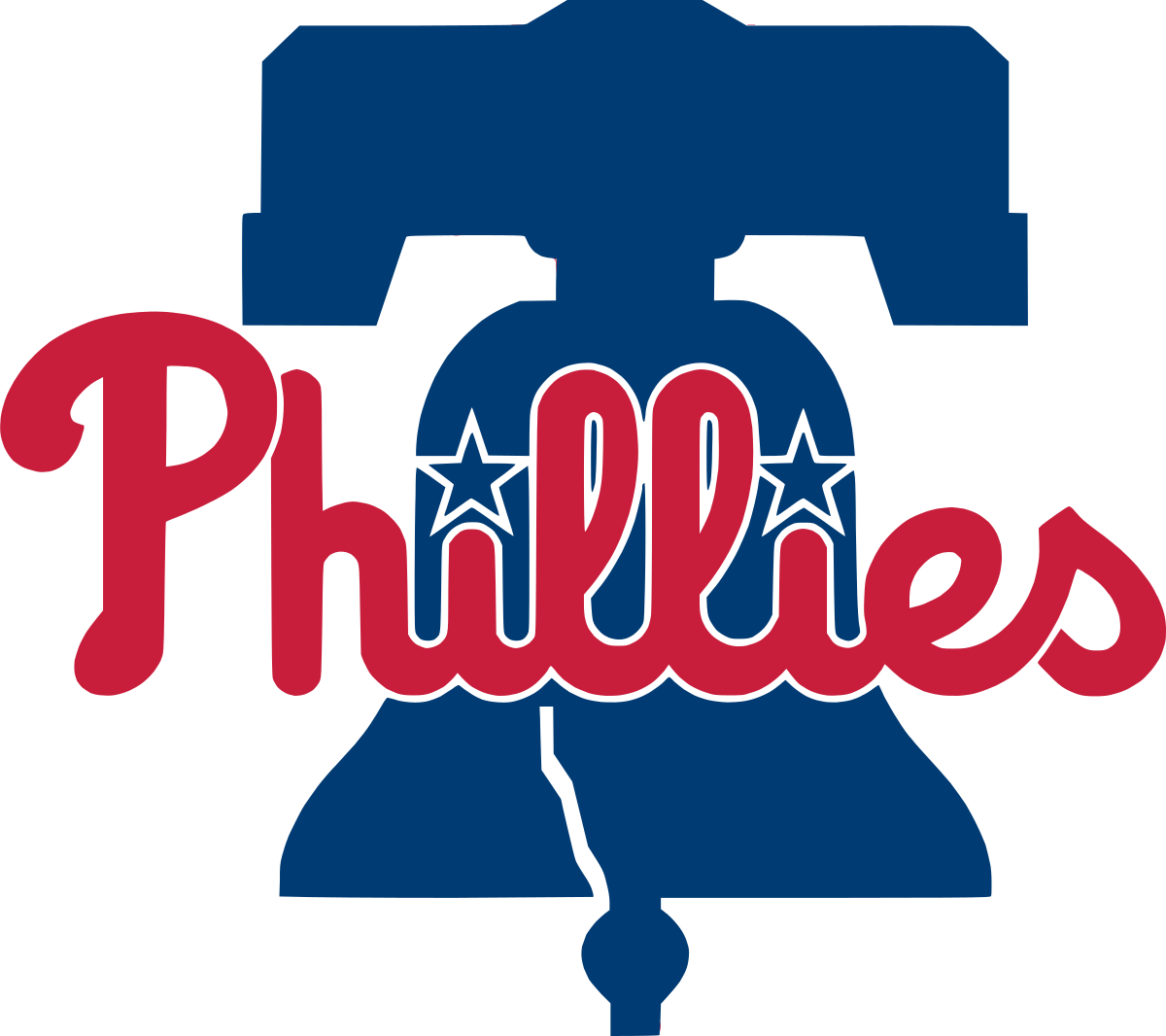 Philadelphia Phillies Flag
Philadelphia Phillies Flag Pittsburgh Pirates Flag
Pittsburgh Pirates Flag San Diego Padres Flag
San Diego Padres Flag San Francisco Giants Flag
San Francisco Giants Flag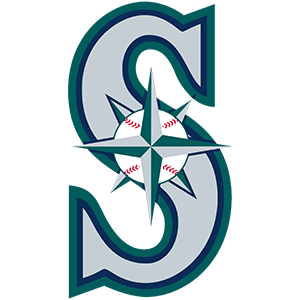 Seattle Mariners Flag
Seattle Mariners Flag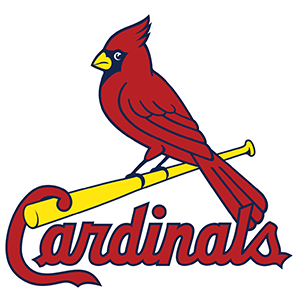 St. Louis Cardinals Flag
St. Louis Cardinals Flag Tampa Bay Rays Flag
Tampa Bay Rays Flag Texas Rangers Flag
Texas Rangers Flag Toronto Blue Jays Flag
Toronto Blue Jays Flag Washington Nationals Flag
Washington Nationals Flag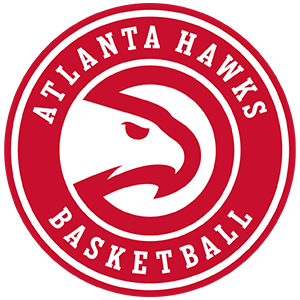 Atlanta Hawks Flag
Atlanta Hawks Flag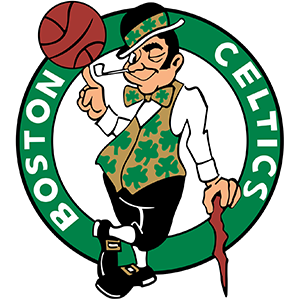 Boston Celtics Flag
Boston Celtics Flag Brooklyn Nets Flag
Brooklyn Nets Flag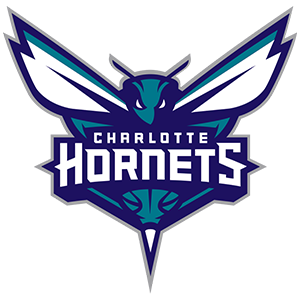 Charlotte Hornets Flag
Charlotte Hornets Flag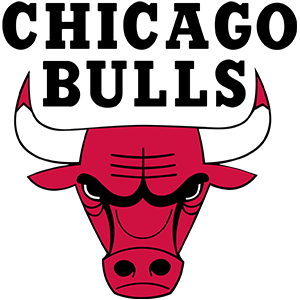 Chicago Bulls Flag
Chicago Bulls Flag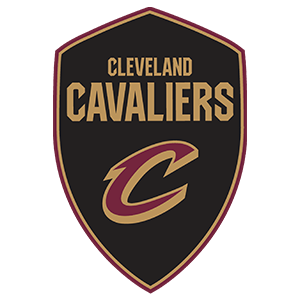 Cleveland Cavaliers Flag
Cleveland Cavaliers Flag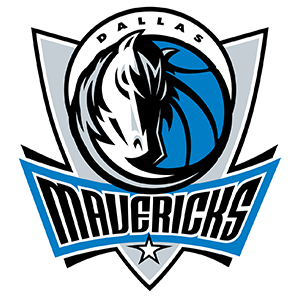 Dallas Mavericks Flag
Dallas Mavericks Flag Denver Nuggets Flag
Denver Nuggets Flag Detroit Pistons Flag
Detroit Pistons Flag Golden State Warriors Flag
Golden State Warriors Flag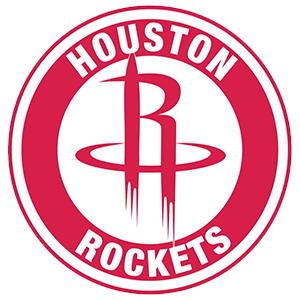 Houston Rockets Flag
Houston Rockets Flag Indiana Pacers Flag
Indiana Pacers Flag LA Clippers Flag
LA Clippers Flag Los Angeles Lakers Flag
Los Angeles Lakers Flag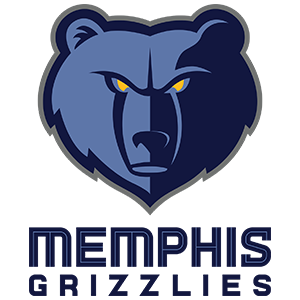 Memphis Grizzlies Flag
Memphis Grizzlies Flag Miami Heat Flag
Miami Heat Flag Milwaukee Bucks Flag
Milwaukee Bucks Flag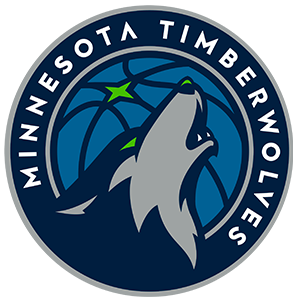 Minnesota Timberwolves Flag
Minnesota Timberwolves Flag New Orleans Pelicans Flag
New Orleans Pelicans Flag New York Knicks Flag
New York Knicks Flag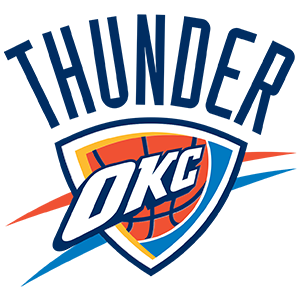 Oklahoma City Thunder Flag
Oklahoma City Thunder Flag Orlando Magic Flag
Orlando Magic Flag Philadelphia 76ers Flag
Philadelphia 76ers Flag Phoenix Suns Flag
Phoenix Suns Flag Portland Trail Blazers Flag
Portland Trail Blazers Flag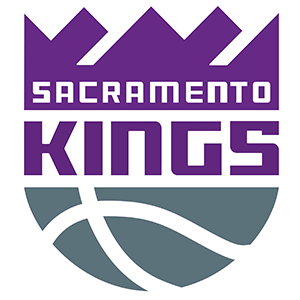 Sacramento Kings Flag
Sacramento Kings Flag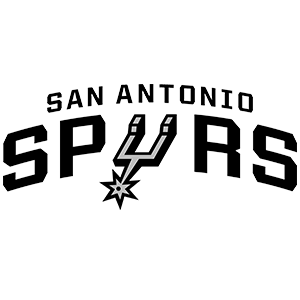 San Antonio Spurs Flag
San Antonio Spurs Flag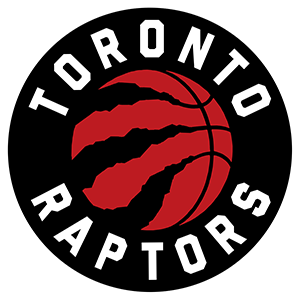 Toronto Raptors Flag
Toronto Raptors Flag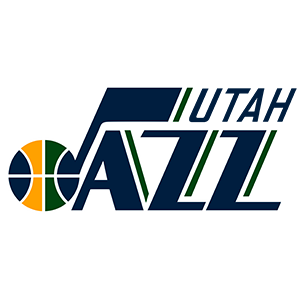 Utah Jazz Flag
Utah Jazz Flag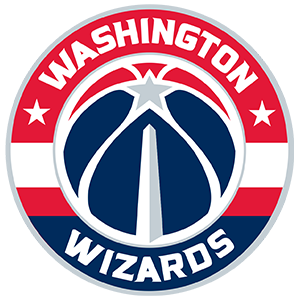 Washington Wizards Flag
Washington Wizards Flag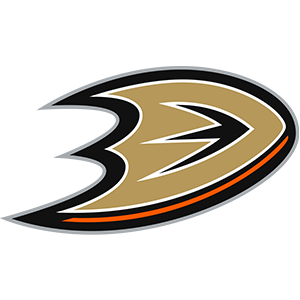 Anaheim Ducks Flag
Anaheim Ducks Flag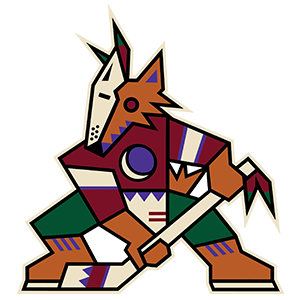 Arizona Coyotes Flag
Arizona Coyotes Flag Boston Bruins Flag
Boston Bruins Flag Buffalo Sabres Flag
Buffalo Sabres Flag Calgary Flames Flag
Calgary Flames Flag Carolina Hurricanes Flag
Carolina Hurricanes Flag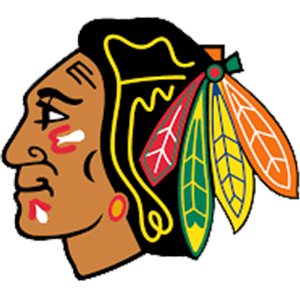 Chicago Blackhawks Flag
Chicago Blackhawks Flag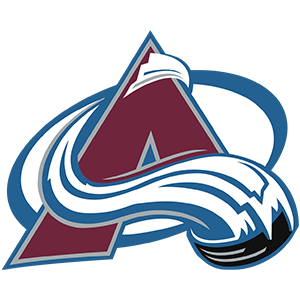 Colorado Avalanche Flag
Colorado Avalanche Flag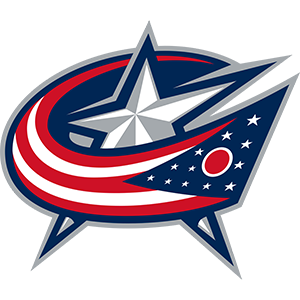 Columbus Blue Jackets Flag
Columbus Blue Jackets Flag Dallas Stars Flag
Dallas Stars Flag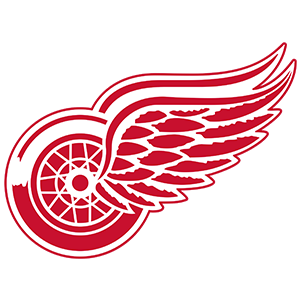 Detroit Red Wings Flag
Detroit Red Wings Flag Edmonton Oilers Flag
Edmonton Oilers Flag Florida Panthers Flag
Florida Panthers Flag Los Angeles Kings Flag
Los Angeles Kings Flag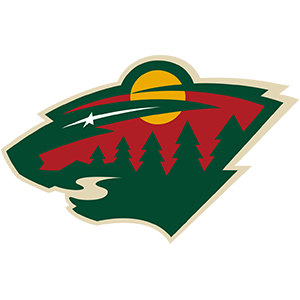 Minnesota Wild Flag
Minnesota Wild Flag Montreal Canadiens Flag
Montreal Canadiens Flag Nashville Predators Flag
Nashville Predators Flag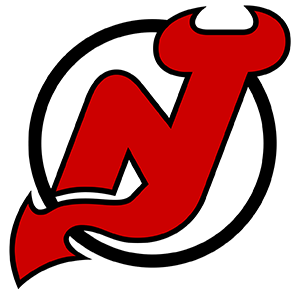 New Jersey Devils Flag
New Jersey Devils Flag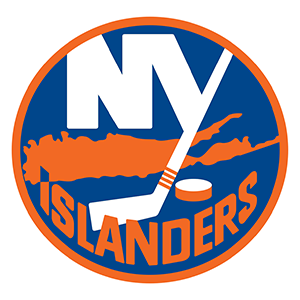 New York Islanders Flag
New York Islanders Flag New York Rangers Flag
New York Rangers Flag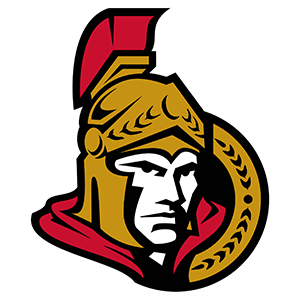 Ottawa Senators Flag
Ottawa Senators Flag Philadelphia Flyers Flag
Philadelphia Flyers Flag Pittsburgh Penguins Flag
Pittsburgh Penguins Flag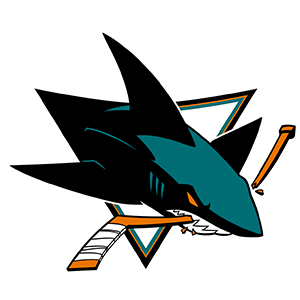 San Jose Sharks Flag
San Jose Sharks Flag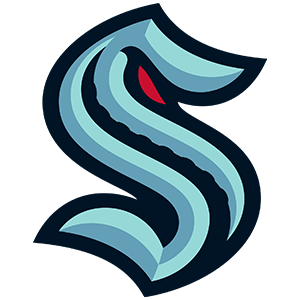 Seattle Kraken Flag
Seattle Kraken Flag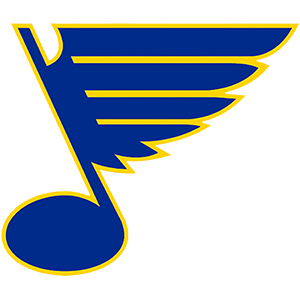 St. Louis Blues Flag
St. Louis Blues Flag Tampa Bay Lightning Flag
Tampa Bay Lightning Flag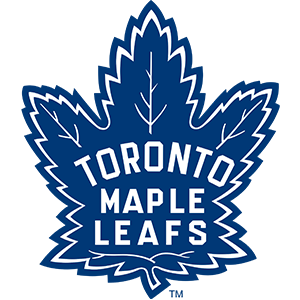 Toronto Maple Leafs Flag
Toronto Maple Leafs Flag Vancouver Canucks Flag
Vancouver Canucks Flag Vegas Golden Knights Flag
Vegas Golden Knights Flag Washington Capitals Flag
Washington Capitals Flag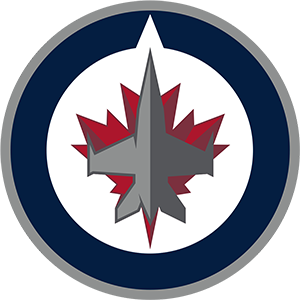 Winnipeg Jets Flag
Winnipeg Jets Flag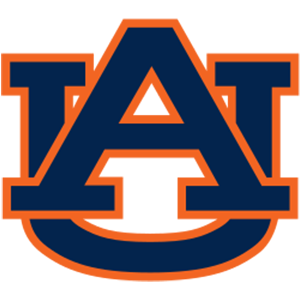 Auburn Tigers Flag
Auburn Tigers Flag Clemson Tigers Flag
Clemson Tigers Flag Florida Gators Flag
Florida Gators Flag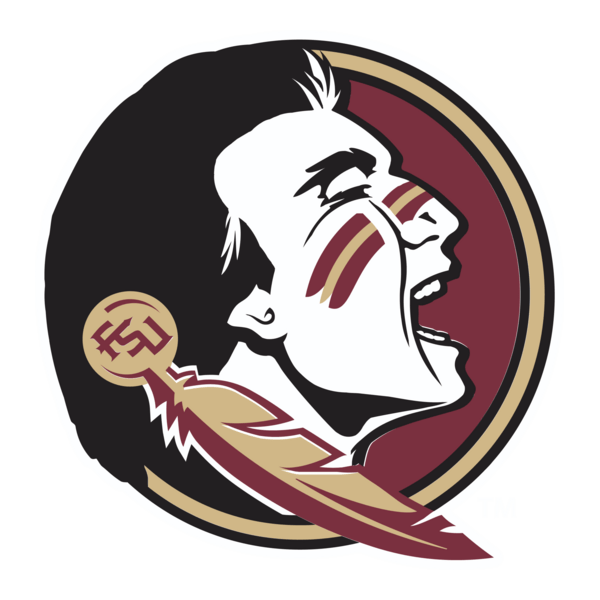 Florida State Seminoles Flag
Florida State Seminoles Flag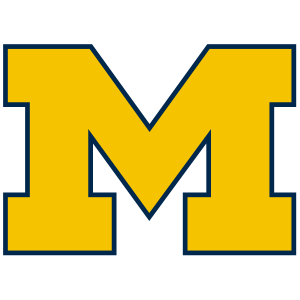 Michigan Wolverines Flag
Michigan Wolverines Flag Nebraska Cornhuskers Flag
Nebraska Cornhuskers Flag Notre Dame Fighting Irish Flag
Notre Dame Fighting Irish Flag Ohio State Buckeyes Flag
Ohio State Buckeyes Flag Oklahoma Sooners Flag
Oklahoma Sooners Flag Oregon Ducks Flag
Oregon Ducks Flag Penn State Nittany Lions Flag
Penn State Nittany Lions Flag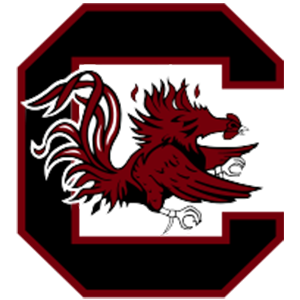 South Carolina Gamecocks Flag
South Carolina Gamecocks Flag Tennessee Volunteers Flag
Tennessee Volunteers Flag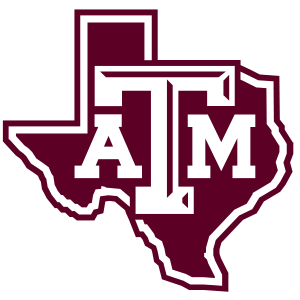 Texas A&M Aggies Flag
Texas A&M Aggies Flag Texas Longhorns Flag
Texas Longhorns Flag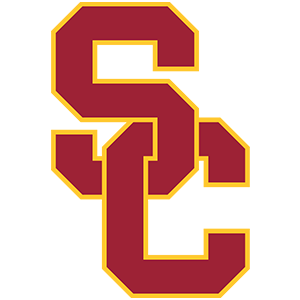 USC Trojans Flag
USC Trojans Flag